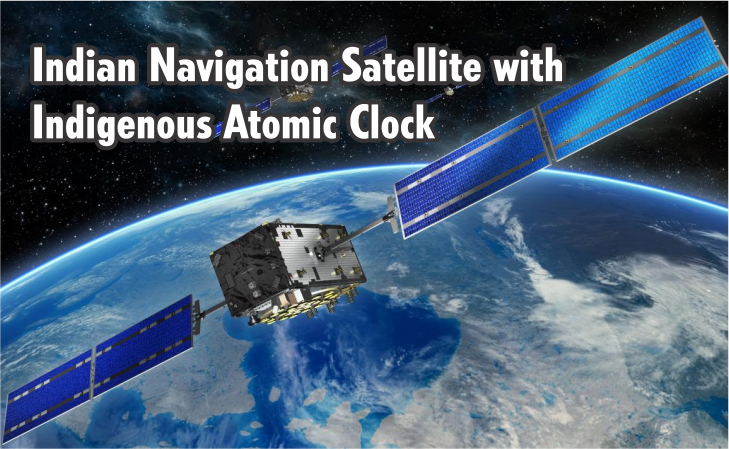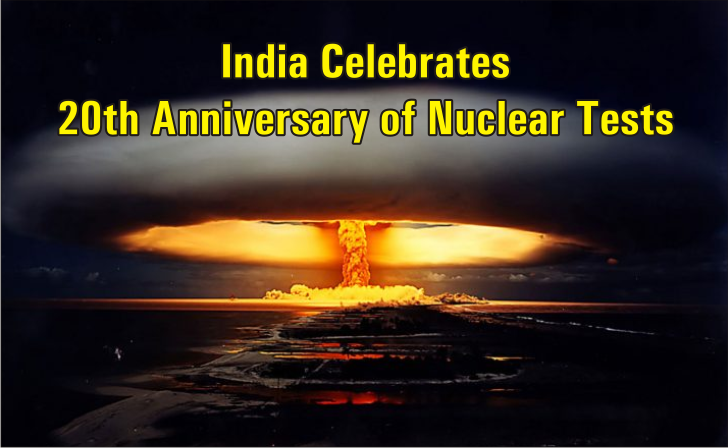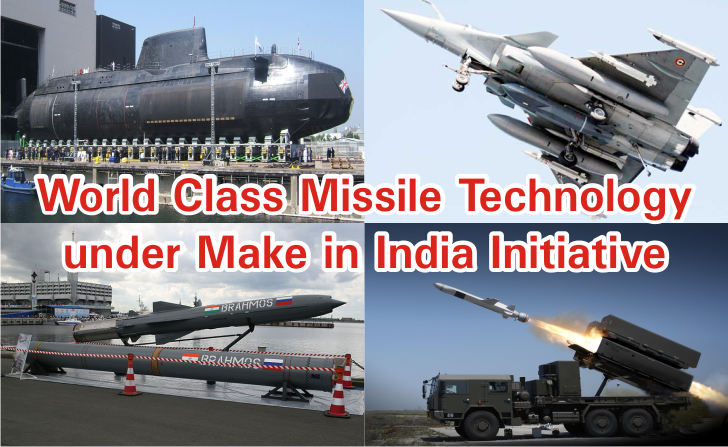Navigation with Indian Constellation or “NavIC”, an independent Indian Satellite based positioning system for critical National applications, with the objective to provide Reliable Position, Navigation and Timing services over India and its neighbourhood – a region extending 1500 km around it, and to provide fairly good accuracy to the user, is a Constellation of Seven Satellites that was dedicated to the Nation by Prime Minister, Narendra Modi on April 28, 2016 on the occasion of successful launch of IRNSS-1G, the seventh and the last satellite of NavIC. Navic – a word in Sanskrit, Hindi and many other Indian languages, means Sailor or Navigator.
IRNSS-1I launched by PSLV-C41 on April 12, 2018 is the eighth satellite to join the NavIC navigation satellite constellation for providing intended navigation services.
NavIC, the Indian Regional Navigation Satellite System (IRNSS), provides basically two types of services:
- Standard Positioning Service (SPS)
- Restricted Service (RS)
IRNSS was expected to provide India a satellite-based navigation system independent of the U.S.-controlled GPS (Global Positioning System); but 9 of the 21 Atomic Clocks in the seven satellites, manufactured by SpectraTime, Switzerland, have failed, affecting NavIC project. Indian Space Research Organisation (ISRO) is concerned that if more clocks fail, it may render the ₹1,400-crore fleet a dud in space. As such ISRO is in the process of adding four more IRNSS satellites with an indigenous Atomic Clock in each of them, to add buffers to the NavIC. NavIC, which will be controlled solely by India, unlike the American GPS or Russian Glonass navigation systems, will be useful as navigation aids for the armed forces. NavIC is also meant to give Indian civil users reliable location and time information. According to ISRO Chairman K. Sivan, the indigenous Atomic Clock is being developed by the Space Applications Centre, Ahmedabad, once it passes qualification tests, “We will first demonstrate the indigenous clock in an upcoming navigation satellite, along with the imported ones. Work on them is going on in full steam.” “They will have some advanced technology, apart from the Atomic Clocks developed by ISRO.”
Space Segment consists of Seven Satellites, three satellites in GEO Stationary Orbit (GEO) and four satellites in Geo Synchronous Orbit (GSO) with inclination of 29° to the equatorial plane. These Seven Satellites of NavIC, namely, IRNSS-1A, 1B, 1C, ID,1E, 1F and 1G were successfully launched on July 02, 2013, April 04, 2014, October 16, 2014, March 28, 2015, January 20, 2016, March 10, 2016 and April 28, 2016 respectively and all are functioning satisfactorily from their designated orbital positions. All the satellites are visible at all times in the Indian region. However, IRNSS-1H / PSLV-C39 Mission launched on August 31, 2017, was not successful.
Rubidium Atomic Clock from Europe had become non-functional around 2016, on the first navigation satellite IRNSS-1A launched on July 02, 2013, and the satellite is being used for providing messaging services like disaster alerts, potential fishing zones information dissemination to fishermen, etc. ISRO had put the seventh satellite in orbit soon after the above failure. Subsequently, three more satellites were said to have suffered “one or two dysfunctional clocks” each, while two satellites did not have any problematic clocks. Each satellite carries three Atomic Clocks, including a standby.
Satellite Navigation Service is an emerging satellite based system with commercial and strategic applications. ISRO is committed to provide the satellite based Navigation services to meet the emerging demands of the Civil Aviation requirements and to meet the user requirements of the positioning, navigation and timing based on the independent satellite navigation system. To meet the Civil Aviation requirements, ISRO is working jointly with Airport Authority of India (AAI) in establishing the GPS Aided Geo Augmented Navigation (GAGAN) system. To meet the user requirements of the positioning, navigation and timing services based on the indigenous system, ISRO is establishing IRNSS.
GPS Aided GEO Augmented Navigation (GAGAN) is a Satellite Based Augmentation System (SBAS) implemented jointly with Airport Authority of India (AAI). The main objectives of GAGAN are to provide Satellite-based Navigation services with accuracy and integrity required for civil aviation applications and to provide better Air Traffic Management over Indian Airspace. The system will be interoperable with other international SBAS systems and provide seamless navigation across regional boundaries. The GAGAN Signal-In-Space (SIS) is available through GSAT-8 and GSAT-10.










